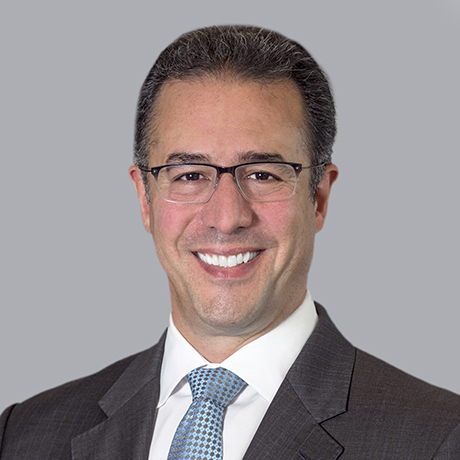
RESCUE, a phase II, trial presented by Paul M. Ridker, MD, Director of the Center for Cardiovascular Disease Prevention, Brigham and Women’s Hospital, at the American College of Cardiology 2021 meeting and simultaneously published in The Lancet , revealed that the use of ziltivekimab, a fully human monoclonal antibody targeting interleukin-6 (IL-6) ligand and developed specifically for atherosclerosis, was associated with a decrease in the serum level of multiple anti-inflammatory biomarkers among patients with an elevated risk of atherosclerotic disease. Of note, this IL-6 inhibitor was not associated with adverse effects observed with other agents in its class.
The CANTOS trial started an investigation to go beyond lipid-lowering agents in reducing the risk of cardiovascular event rates and destined to target the inflammatory pathways involved in the pathophysiology of atherosclerosis. The findings were promising and demonstrated that inhibition of the inflammatory pathway by an IL-1B inhibitor, canakinumab, was associated with a reduction in cardiovascular events. The findings of CANTOS were also attributable to inhibition of IL-6 and high-sensitivity c-reactive protein (hs-CRP). Later reports suggested that plasma levels of hsCRP and IL-6 have more predictive value for cardiovascular events than that of LDL-C. Therefore, a sub-study of the RESCUE trial was designed to investigate whether direct IL-6 inhibition is effective in maximizing the anti-inflammatory atherosclerotic benefits.
Dr. Ridker and colleagues conducted a multicenter, double-blind, randomized clinical trial among patients at high cardiovascular risk with chronic kidney disease (CKD) stage 3-5 and elevated hsCRP (>2mg/L). In total, 264 patients were randomized to receive either placebo or subcutaneous ziltivekimab 7.5, 15, or 30 mg every month. The primary endpoint was the percent change in hsCRP from baseline to 12 weeks of treatment. Data on other inflammatory biomarkers such as fibrinogen, serum amyloid A (SAA), haptoglobin, and secretory phospholipase A2 (sPLA2) were also gathered over 24 weeks of treatment.
Data after 12 weeks of treatment showed a significant dose-dependent reduction in median hsCRP (77% vs. 88% vs. 92% in 7.5, 15, and 30 mg of ziltivekimab groups, respectively). Ziltivekimab use was also associated with a reduction in other biomarkers of inflammation and thrombosis namely fibrinogen, SAA, sPLA2, and lipoprotein-a. It should be noted that ziltivekimab was associated with minimal risk of adverse effects such as bone marrow suppression, infection risk, and hepatic toxicity.

When CardiologyNowNews questioned Dr. James L. Januzzi, Professor of Medicine at Harvard and a practicing cardiologist at Massachusetts General Hospital, about the potential clinical implications of this trial, he stated “Patients with CKD and evidence for systemic inflammation are at very high risk for vascular events including acute myocardial infarction and death related to cardiovascular causes. This population, unfortunately, are excluded from many clinical trials due to the dysfunction of kidney and therefore the therapeutic interventions in this group remain poorly understood.” He continued, “The finding that IL-6 inhibition results in a drop in hsCRP is not surprising, but the fact that they saw evidence for a reduction in systemic inflammation across the board is a very encouraging finding. It also suggests that treatment with this medication might be associated with improvement in risk of cardiovascular events in the long term, so a well-powered clinical trial is now justifiable.” With regard to economic implications of IL-6 inhibition by monoclonal antibodies, which are considered among expensive medications, Dr. Januzzi replied “The cost-effectiveness of this therapy needs to be further investigated given that this is a phase2 clinical trial. He continued, “Patients with CKD represent a high risk and high-cost population where even an expensive therapy might be expected to be cost-effective if it, in fact, reduces the events sufficiently. I do have concerns about the potential that the drug could be too expensive to justify its use, but I think we need to see how substantially it reduces the risk in this high-cost population of patients before we make a judgment about the cost-effectiveness of this medication.”



Leave a Reply
You must be logged in to post a comment.